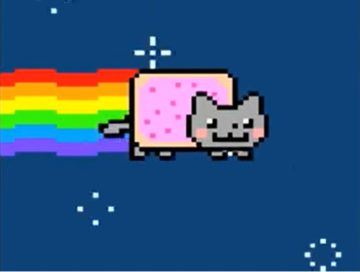by Thomas O’Dwyer

When you think you’ve heard all the nonsense or hype about the digital noise that is drowning out real life around us, along comes someone who spends $69 million to buy a piece of digital miasma. “A fool and his money are soon parted.” That’s a lot of money or a lot of foolishness, or both. Miasma is a noxious atmosphere once thought to rise from swamps or putrid matter and cause disease. It’s not too strong a word for what oozes from the Internet swamp of lies, hate, hype and fraud that seems to be responsible for an alarming array of new social, economic, and mental afflictions. Why would anyone pay such a price for some digital art file (a collection of ones and zeros?) Was it April 1? Even more strange, one of the art world’s most renowned dealers, Christie’s, engineered the sale. Everyday: The First 5,000 Days is a collage of 5,000 small random images put together by Beeple, a graphic artist from Wisconsin. It exists only as an image file which one assumes could be infinitely copied and shared – because it’s digital. There are millions of copies of Mona Lisa online but nobody would think of trying to sell one for the price of Leonardo’s original.
But wait, you eager digital merchants, there’s more, much more. In February, an endlessly looping digital cartoon cat chanting “nyananyana” sold for $587,000. Yes, compared to the Everyday image, that was cheap, a bargain. So what’s going on? Trying to explain any new digital fad leads a curious enquirer to the edge of a rabbit warren of vague definitions and unfamiliar words. These digital art pieces, like Everyday and the Nyan cat cartoon, are known as non-fungible tokens. They are unique because they are generated on a blockchain and bought and sold on Ethereum. You see where we’re going with this or, more likely, you don’t, so let’s back up a bit. Read more »
